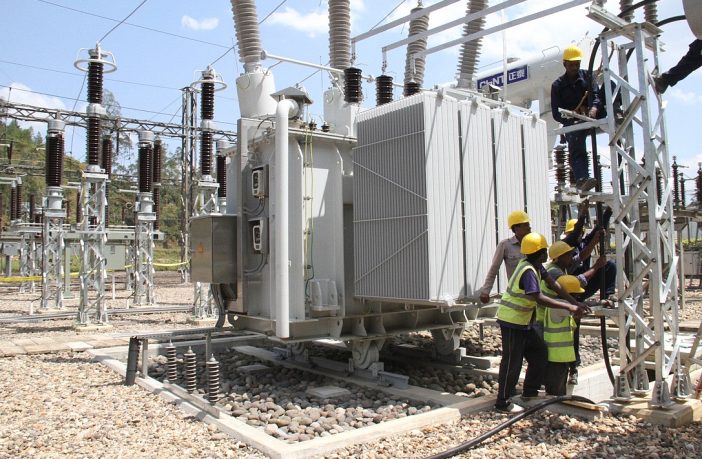- As renewables come to represent a higher share of our energy supply, the problem of intermittent and not easily predictable generation from solar and wind becomes more of a problem for the network operators tasked with ensuring an uninterrupted energy supply.
While energy storage will present a big part of the solution to this, other approaches to managing the output of renewable resources can also be valuable, and these could be even more effective with the added ability to predict the output of a renewable energy system even just a few hours in advance.
And this is what researchers led by Chung-Ang University in South Korea set out to achieve, developing a forecasting model to predict renewable energy output and other uncertain parameters to help run a grid optimally, and profitably for the energy generators.
“The proposed data-driven forecasting method employs a long short-term memory (LSTM) model, an artificial neural network with feedback connections. Its hyperparameters are optimized by a genetic algorithm-adaptive weight particle swarm optimization (GA-AWPSO) algorithm, while a global attention mechanism (GAM) identifies important features from input parameter data,” explains Chung-Ang Professor Mun Kyeom Kim, describing the maths behind his model. “Both these algorithms can help overcome the limitations of the conventional methods and improve the prediction accuracy and efficiency of the LSTM model.”
The researchers tested their work using data from the PJM interconnection grid that covers part of the United States, and found it was more accurate than existing grid models, and was particularly in forecasting solar PV output. “It will accelerate the integration of renewable resources in power supply networks while enabling MG operators to solve day-ahead energy management issues,” stated Kim. “Ultimately, it can open doors to zero-emission electricity sources that can make carbon neutrality by 2050 a realistic goal to achieve.”
Author: Mark Hutchins
This article was originally published in pv magazine and is republished with permission.















